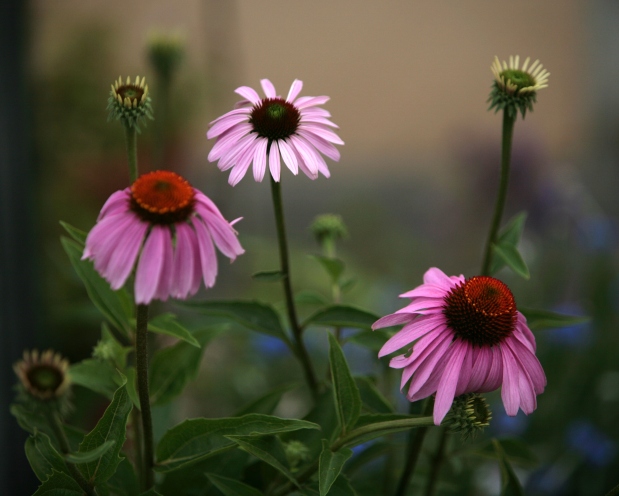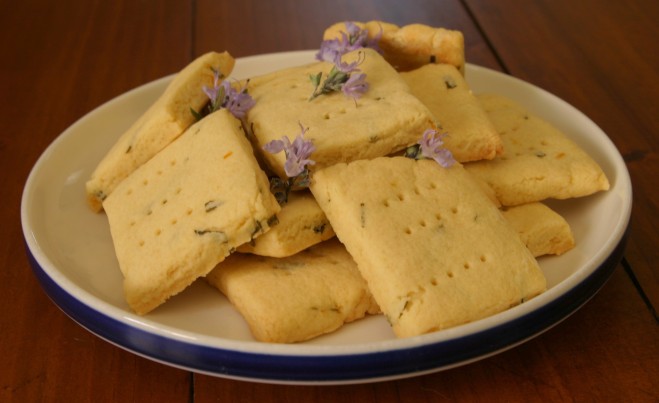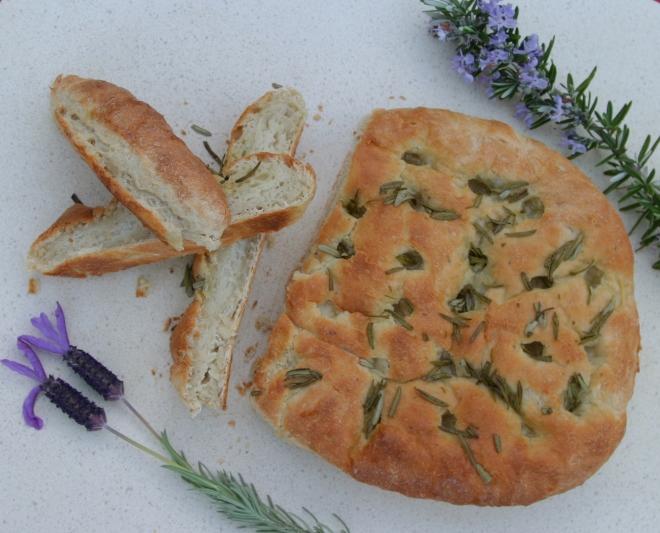My love for herbs began many years ago when I became interested in natural remedies and decided to do a correspondence course in herbal studies. The course involved the study of a wide range of herbs, their healing properties, and how to make herbal medicines and treatments. While studying the course, I got a job at Weleda NZ Ltd., a manufacturer of natural and herbal medicines and body care products. I worked in the despatch department, picking and packing orders and invoicing, and occasionally helped out in other departments, including a brief stint in the manufacturing department where I had hands-on experience in the making of the herbal medicines. It was a lovely place to work, surrounded by biodynamic gardens of healing herbs.
After working at Weleda for six years, I left to pursue my dream of a writing career, but my love of herbs continued in my garden at home. I grow herbs to use in cooking, herbs for healing, and some just for their beauty, and for the folklore and magic associated with them.
Whenever I feel a sore throat coming on, I make an infusion of sage and thyme and gargle with it several times a day.
The sage is lovely in stuffing balls at Christmas time.
To help relieve congested sinuses from a cold, I put a few sprigs of rosemary in a bowl of boiled water, cover my head with a towel, then lean over the bowl and breathe in the aromatic steam. I use rosemary a lot in cooking – rosemary shortbread, rosemary focaccia bread, rosemary roast potatoes, or a few sprigs thrown on the barbecue.
I add a few fresh leaves of stevia, the sugar herb, to fruit when stewing, to replace sugar. This year I’m going to dry the leaves and grind them into a powder to use in baking.
Borage is a good companion plant for my strawberries, and it helps to attract the bees.
Lavender is also a great bee plant. I use it in herbal crafts, and often pick a few sprigs to keep in a vase on the kitchen bench.
I keep a pot of Aloe Vera on hand in case of burns.
Foxgloves just because they are one of my favourite flowers, and I love the folklore that surrounds them.
The leaves of lemon balm have the most beautiful lemony scent and possess many healing properties.
I use garlic chives a lot in cooking, and their flowers are so pretty.
I use basil, parsley and mint a lot in cooking, too. The smell of minted potatoes always reminds me of holidays with my grandparents. It’s nice to be able to go outside and pick herbs fresh from the garden whenever you want to add them to a dish.
Anise Hyssop is another great bee plant. It is also very pretty and I love the aniseed fragrance of the leaves.
Feverfew and calendulas self-seed throughout our garden.
I used to love the mass plantings of echinaceas in the summers when I worked at Weleda. They are used in their medicines to support the immune system and to treat infections.
This year I grew my own echinaceas.
I am also growing bay, arnica, angelica, and comfrey, but they are only small at the moment.























